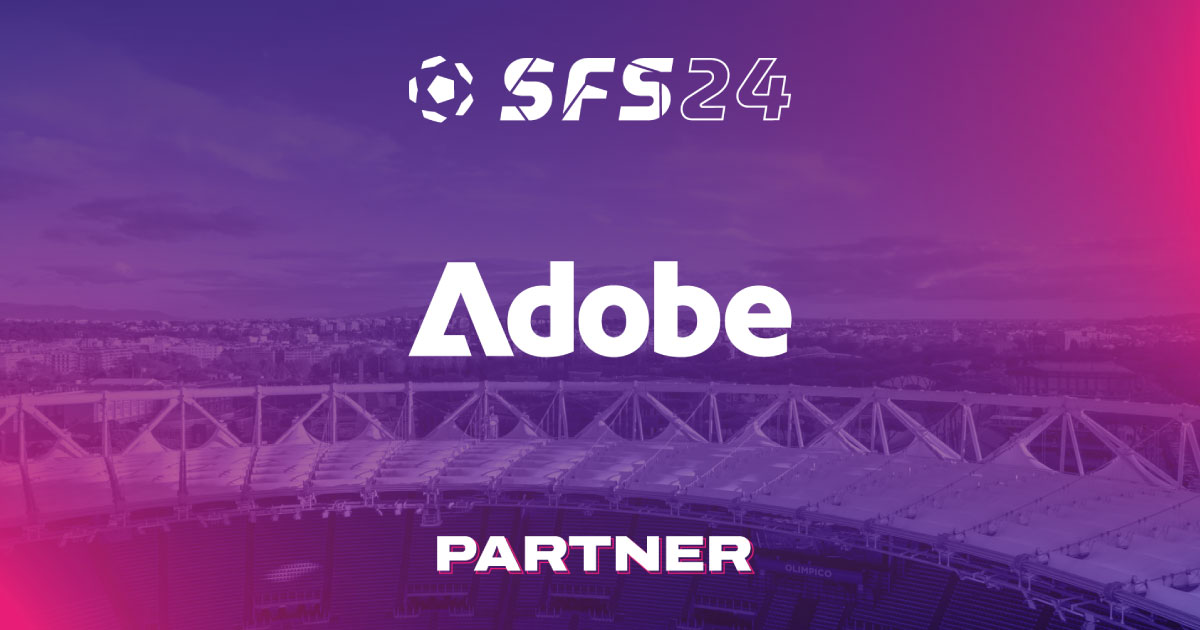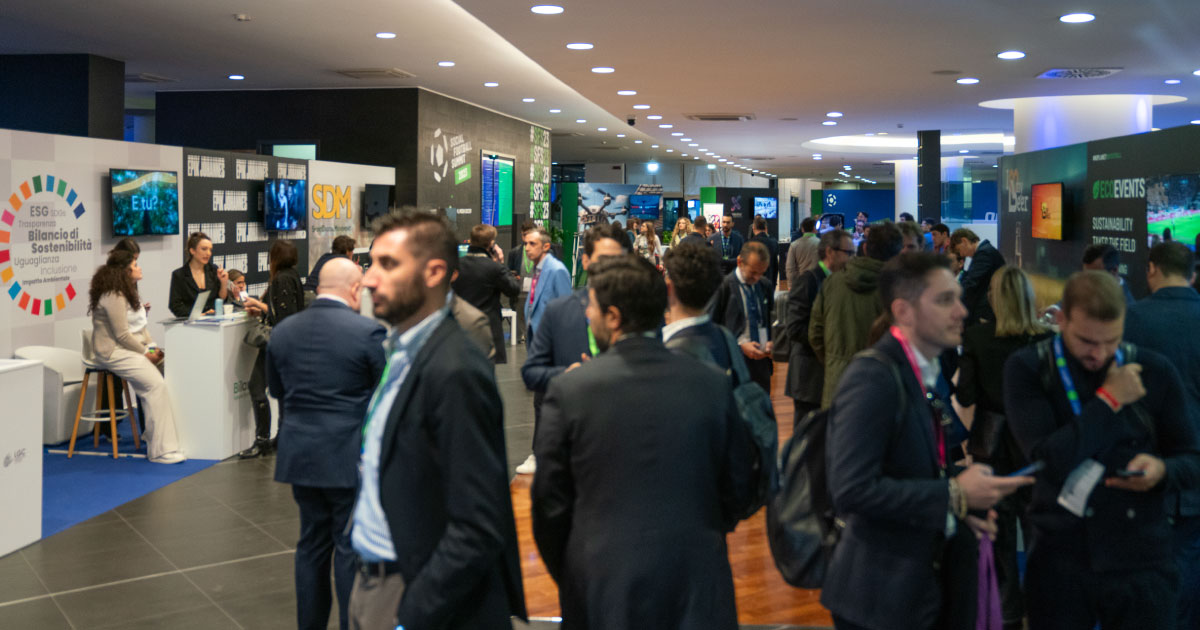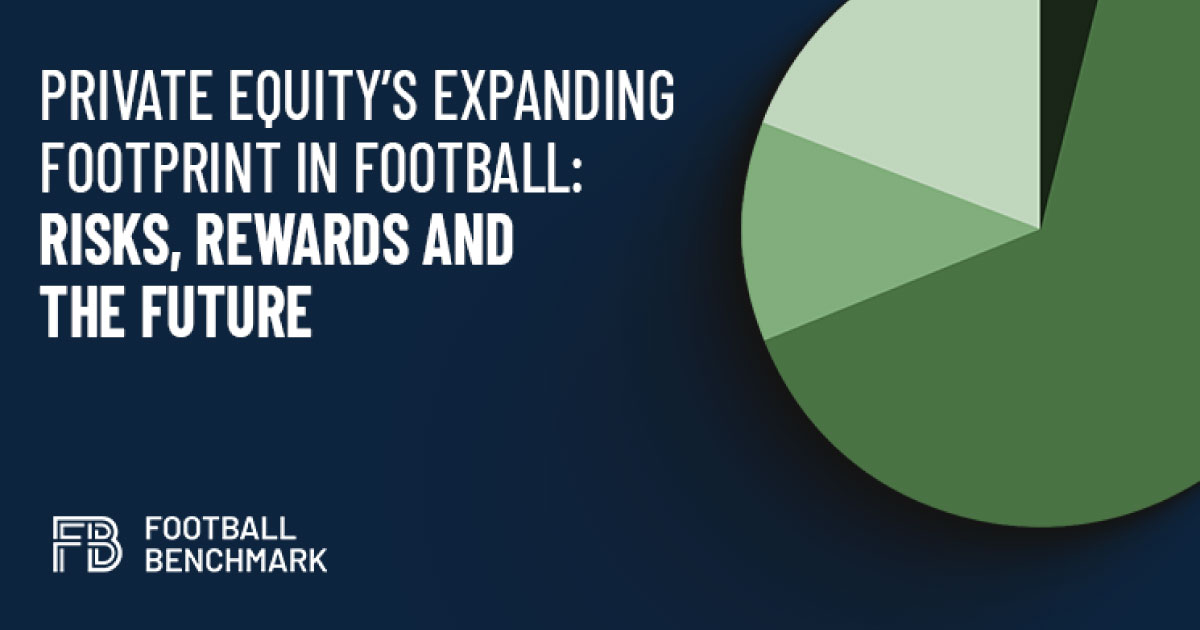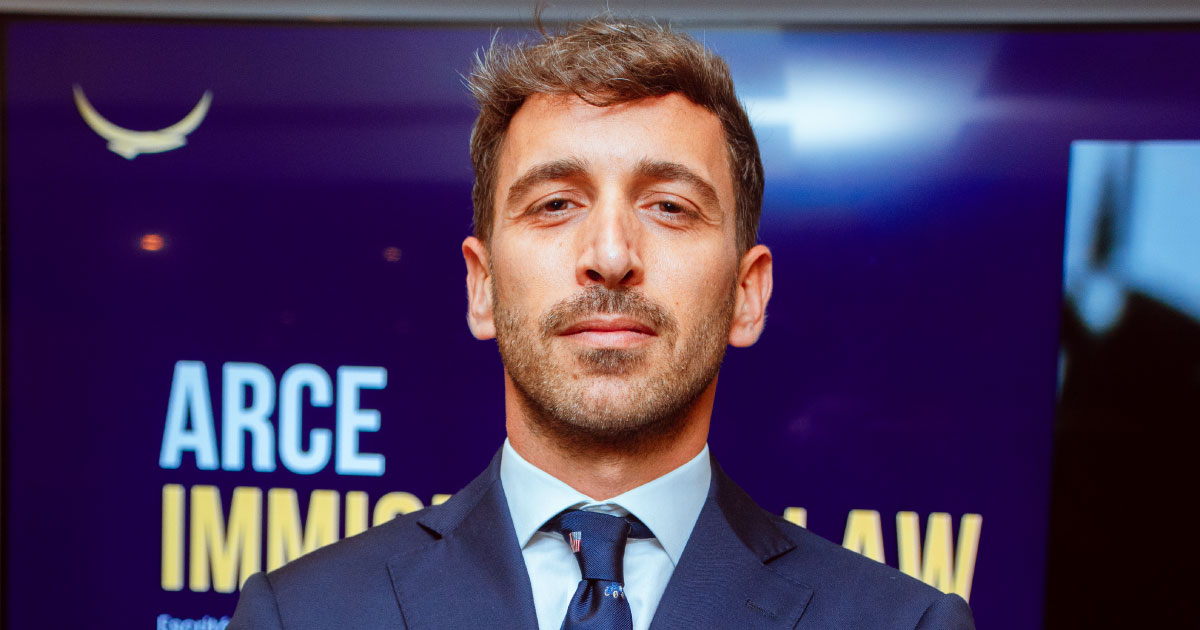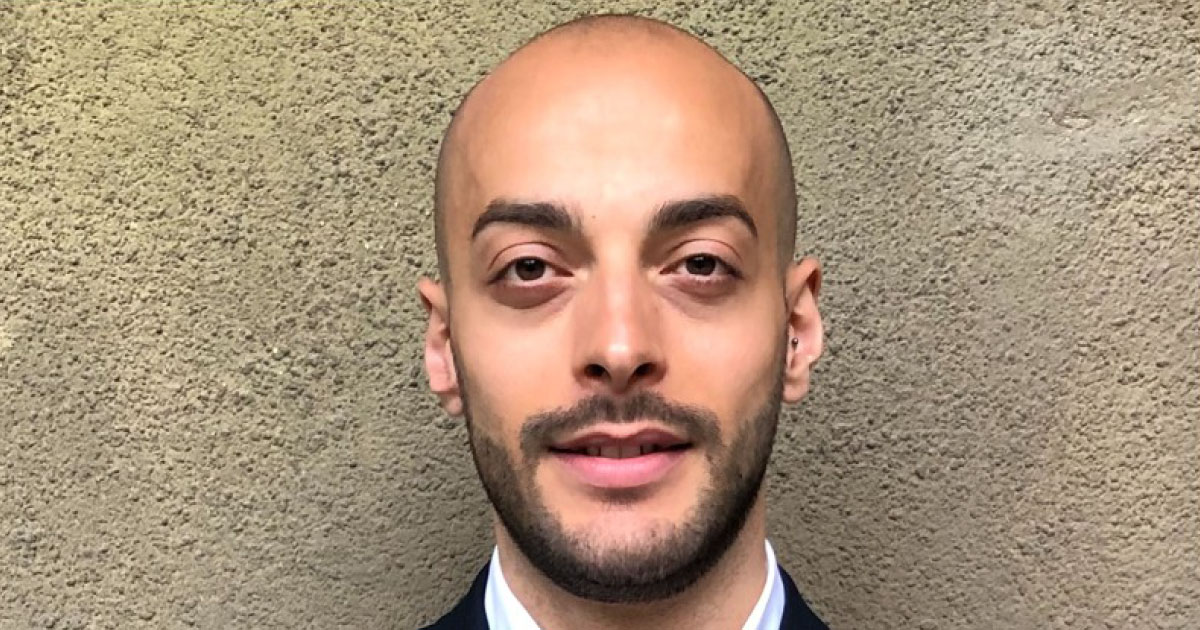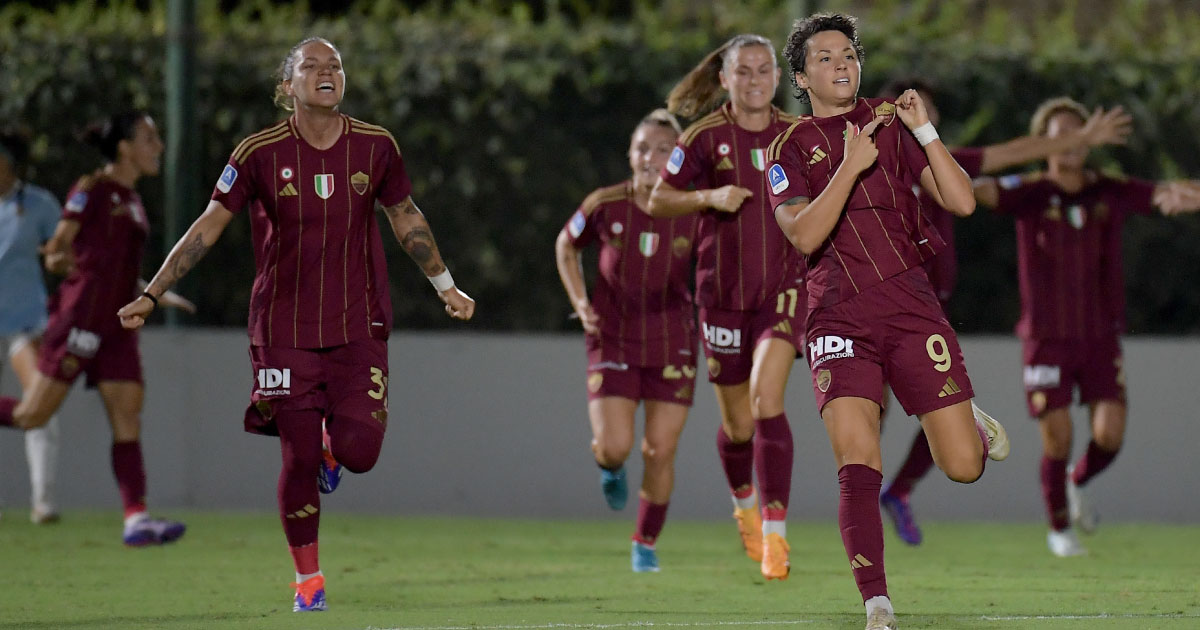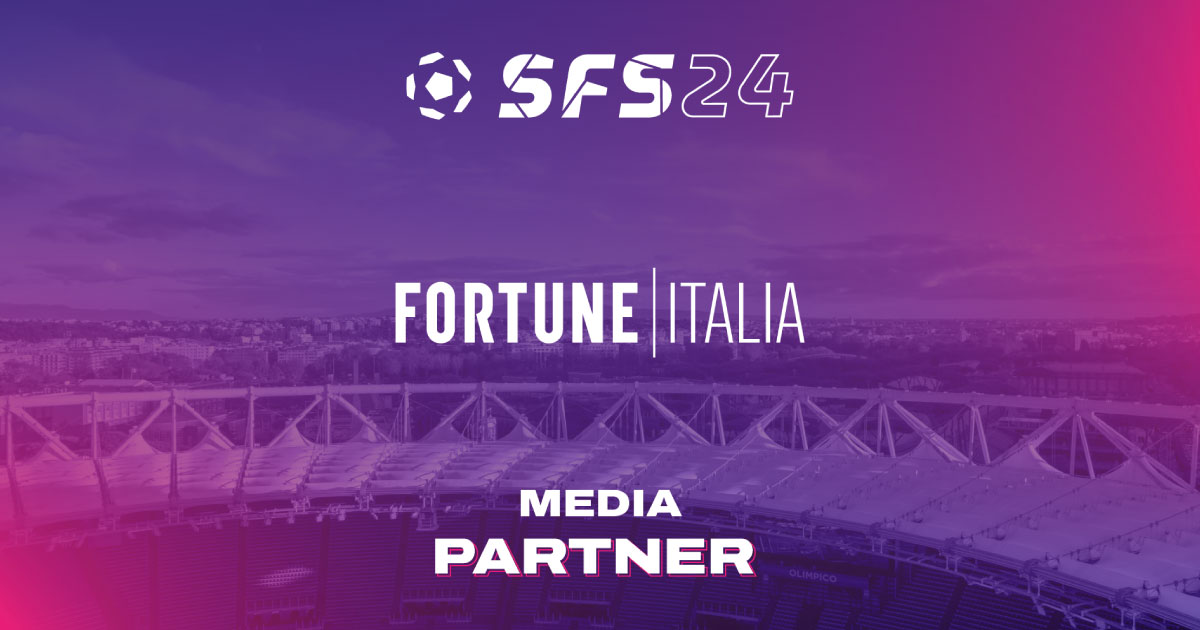At the upcoming Social Football Summit, which will take place on November 19 and 20 at the Olympic Stadium in Rome, sports tourism will be discussed in a round table attended by Andrea Onorato (Councilor for “Major Events, Sports, Tourism, and Fashion” for the Municipality of Rome) and Gianluca Caramanna (National Head of Tourism for Fratelli d’Italia and advisor to Minister Daniela Santanchè), along with representatives from Sport e Salute S.p.A. and the Lazio region. The debate will be moderated by Francesca Buttara, a consultant in institutional relations with a background in senior positions at Lega Pro.
Interest in this form of tourism has grown in recent years, given the opportunity to combine travel experiences with the practice or enjoyment of a sporting event. Naturally, the scope of these events has significant economic and social impacts. Sports tourism, in fact, stimulates the local economy, bringing in investments and creating jobs.
For instance, the city of Rome is annually drawn to high-profile sporting events: besides the matches of Roma and Lazio, fans from around the world book flights to the capital to attend the Six Nations Rugby Championship or the Internazionali BNL d’Italia. Furthermore, the Rome Marathon offers participants the chance to run the 42-kilometer course through historic monuments and main streets in the city center.
In recent years, the Municipality of Rome has decided to heavily invest in this sector, focusing significantly on event accessibility and engagement with peripheral areas to direct tourism flow and build institutional relationships with local entities. Additionally, the sustainability of these events represents one of the key priorities for the city administration, adhering to all established guidelines and standards.
On a national level, the economic impact generated by sports tourism is estimated at €7.5 billion, as highlighted in official documents published by the Ministry of Tourism on its website. This unique form of tourism, therefore, reveals its potential not only in economic and communication terms but also in territorial revitalization; it is an opportunity to immerse oneself in different cultures or explore new areas.
So, seize the moment and attend the panel to become an active part of this transformation!
Sporting Events: Impact and Effects on the Tourism Industry
At the upcoming Social Football Summit, which will take place on November 19 and 20 at the Olympic Stadium in Rome, sports tourism will be discussed in a round table attended by Andrea Onorato (Councilor for "Major Events, Sports, Tourism, and Fashion" for the Municipality of Rome) and Gianluca Caramanna (National Head of Tourism for Fratelli d'Italia and advisor to Minister Daniela Santanchè), along with representatives from Sport e Salute S.p.A. and the Lazio region. The debate will be moderated
Announcement of Partnership with Adobe for the SFS24!
We are excited to announce that Adobe has become an official partner of the SFS! SFS24 will take place on 19 and 20 November at the historic Stadio Olimpico in Rome and will be attended by global leaders in sports and technology. The partnership with Adobe, a leader in creative and digital solutions, will bring added value to the event, helping us to elevate the experience for all participants. Together, we will explore innovative ideas that lie at the intersection of sport and technology, promoting digital creativity and innovation in the world
Football and Business: The New Frontier for Corporate Networking and Branding
In recent years, the business-to-business (B2B) events sector has decisively shifted towards the world of sports, with a special emphasis on football. This sport, with its large following and deep emotional connection, represents a unique opportunity for networking and corporate marketing. It is no coincidence that the number of B2B events linked to football is on the rise, as companies realize the enormous potential for building relationships, increasing visibility, and generating value. Football as a Networking Platform Football has the unique ability
Private Equity’s expanding footprint in football: Risks, rewards and the future
Brief Overview Private equity’s role in football has grown significantly, with investments spanning clubs, leagues and sports institutions worldwide. Driven by football’s global appeal and potential for sustained revenue, private equity firms are reshaping the industry, from financial recovery efforts post-COVID to strategic modernization initiatives. While they offer stability and growth, these investments also raise questions about the balance between commercial gains and the sport's cultural roots. Key insights: Football’s global appeal fuels investment: Football's unmatched global reach and loyal fan base
The Future of Soccer in the United States: Opportunities and Challenges for International Athletes and Clubs
With soccer rapidly expanding in the United States and increasing demand for international players and coaches, the opportunities for athletes, coaches, and sports organizations are more abundant than ever. However, the U.S. immigration system, regulated by complex and specific rules for sports professionals, presents several challenges, ranging from selecting the appropriate visa to complying with the requirements of U.S. sports federations. Giorgio Polacco, partner at Arce Immigration Law, shares his expertise in helping players, coaches, and clubs navigate this intricate
Interview with Nicola Dimatteo, Senior Sales Executive at YouGov
As part of the seventh edition of the Social Football Summit (SFS), scheduled for November 19-20 at Rome's Stadio Olimpico, YouGov reaffirms its role as a key partner for this event dedicated to innovation and new trends in the world of football. On our blog, we share an interview with Nicola Dimatteo, Senior Sales Executive at YouGov, who provides insights into how data and market research are transforming the sports landscape and how YouGov is driving change, responding to the
Women and Football: The Rise of Women’s Football and Opportunities for Growth at SFS24
The Social Football Summit 2024, scheduled for November 19-20 at the Stadio Olimpico in Rome, is set to explore one of the most current and dynamic themes in the sports landscape: women and football. In a period where women’s football is experiencing a significant boom, this panel will provide an important opportunity to reflect on the challenges and opportunities the sector faces. In recent years, women's football has gained unprecedented visibility and recognition. Thanks to events such as the FIFA Women’s
Fortune Italia is the Official Media Partner of SFS24!
We are excited to announce a strategic collaboration that will bring even greater visibility to our event! Fortune Italia joins us as the official Media Partner for SFS24, which will take place on November 19-20 at the Stadio Olimpico in Rome. This partnership will amplify our vision, connecting our audience with exclusive content, success stories, and in-depth analysis on key topics shaping the future of business, innovation, and technology. Fortune Italia, renowned as one of the most authoritative voices in the business and financial landscape,
Creating memories: the impact of temporary stores on the sporting experience
The current era is marked by a radical shift in consumer expectations, especially in sporting events and retail. It's no longer just about offering a product or service, but about creating immersive experiences that engage fans and leave a lasting memory. In this context, solutions like temporary stores, pop-up shops, and experience marketing in football are redefining the landscape. The concept of temporary stores has seen significant growth in recent years, establishing itself as a fundamental tool for brands, particularly at high-attendance events
EXTRATIME Innovation Tour Stops in Rome: A Unique Opportunity for Startups in the Sports World
On October 25, 2024, at 3:00 PM, the second stop of the EXTRATIME ALMAVIVA Innovation Tour will take place at the Olympic Stadium in Rome, following the first event in Turin. This startup competition, organized by SFS in collaboration with Almaviva, will showcase how startups can participate in the SFS Extratime Almaviva, giving selected startups the chance to present their projects to industry experts, investors, and innovation leaders. This is a valuable opportunity to highlight innovative ideas, build strategic connections, and access essential resources to




